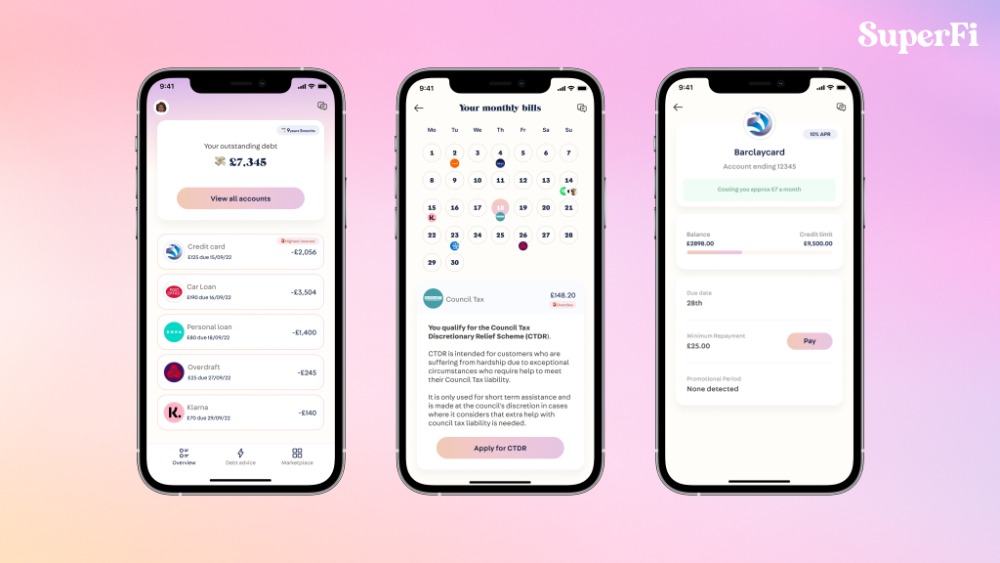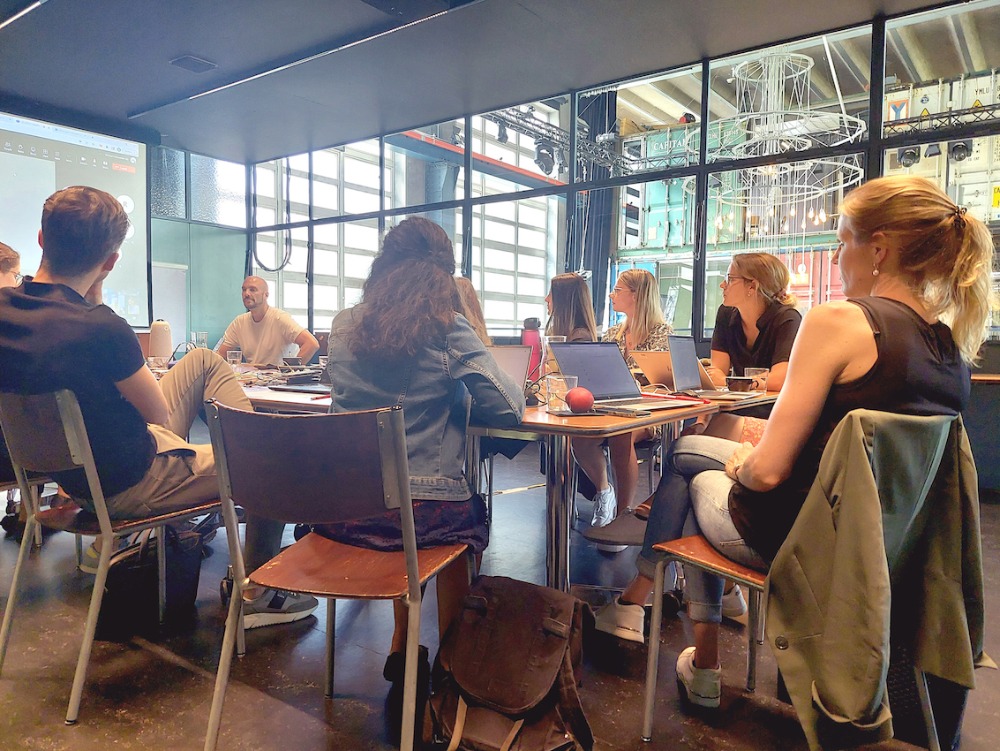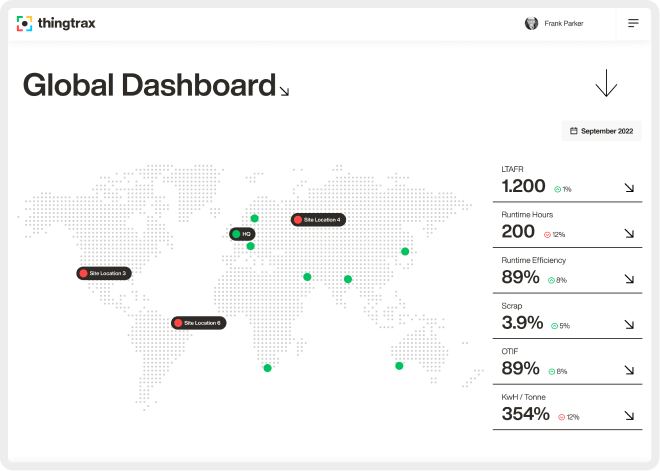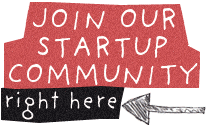The three biggest tech trends influencing the Art World

by Startacus Admin
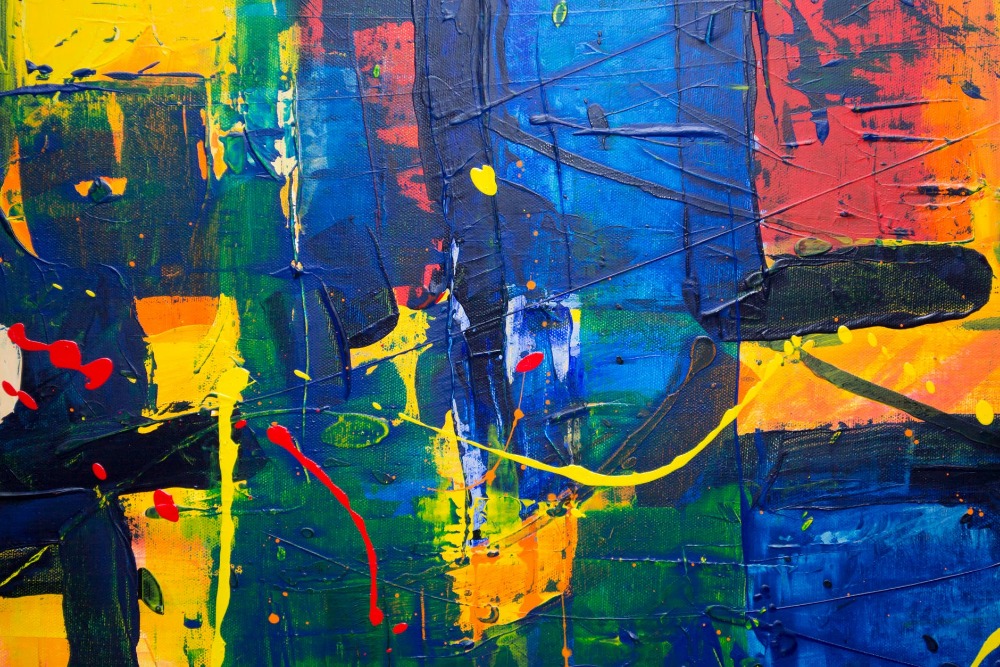
Naeem Amarsy of Feral Horses, an online platform that connects art lovers and investors with artists and galleries, gives us an overview of the three most important tech trends that will change the art  world in the next decade: Data Quantification, Artificial Intelligence and Blockchain.
world in the next decade: Data Quantification, Artificial Intelligence and Blockchain.
Quantification of Data - Art Market Analysis
The art world lacks transparency, rules and market logic. This is partly due to the lack of quantifiable information on what makes art valuable and what causes the success of certain artists. Enlarged access to art market data as well as new research methodologies and technological advances are now leading to more transparency and predictions in the art market.
One example is Artnome, a blog founded by Jason Bailey, a self proclaimed “Art Nerd” who has built one of the largest databases of artworks from the world’s most prominent artists. Recently, Bailey published an article on the future of art analytics, presenting his team’s new findings on how to conduct better predictive analysis in arts. Mainstream art analytics are derived from auction sales data. But a majority of an artist’s works do not make it to auctions which biases the data. Over the years, Bailey and his team derived a promising two step model in order to conduct better sales predictions in the art market. Artnome’s first tracked down features on individual works such as dimensions, production year, location, media and support
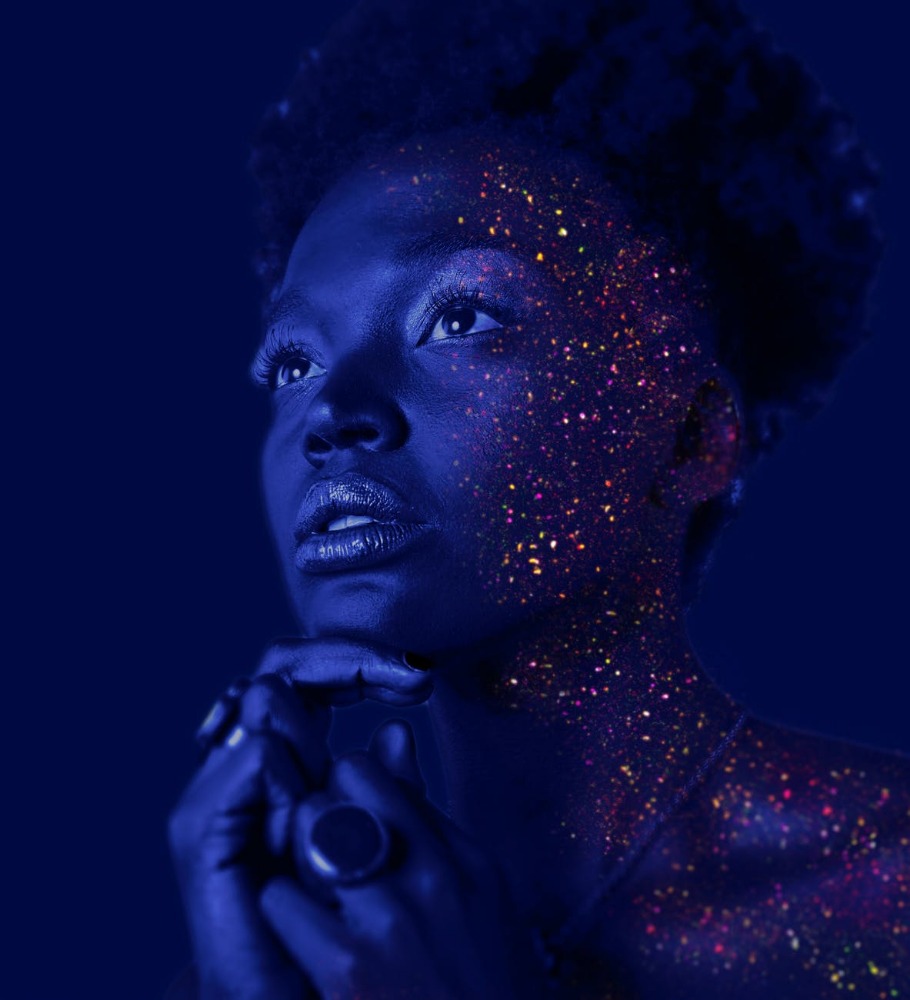 The data scientists then trained a random forest to compare artworks based on the different features listed above. Based on this analysis, the algorithm is now able to make sales price predictions of individual artworks by comparing them to similar works of the same artist which recently sold at auction which is twice as accurate as the estimates of auction houses.
The data scientists then trained a random forest to compare artworks based on the different features listed above. Based on this analysis, the algorithm is now able to make sales price predictions of individual artworks by comparing them to similar works of the same artist which recently sold at auction which is twice as accurate as the estimates of auction houses.
Others researchers have focused on quantifying the reputation score of artists. Fraiberger et al’s recently published an article in Science Magazine drawing extensive exhibition data, and using a network theory based analysis in order to determine the relationships between a given artist’s reputation and the places in which that artist exhibits. By assuming that the opinions of art world decision makers on an artist’s work are reflected by the exhibition record of that given artist, they sought to use exhibitions as a proxy for evaluating the reputation of artists. The team first collected a tremendous amount of information on 497, 796 exhibitions in 16,002 galleries, 289, 677 exhibitions in 7, 568 museums and 127,208 auctions in 1,239 auction houses. The data spanned 143 countries and 36 years (1980-2016).
The findings, though somewhat obvious, are an important step for confirming with tangible data what many art world observers suspected: artisticcareers are strongly path dependent and mobility is low in the art world. For instance, only 10.2% of low reputational artists made it to the top 20% by the end of their careers while only 0.2% of initial high reputation artists would move to the low reputation category. This means that there is a strong imbalance between upwards and downwards mobility in the artworld.
Artificial Intelligence and Art Creation
On october 25th 2018, the auction house Christie’s Sold the Portrait of Edmond Bellamy for $432, 500, nearly 45 times its estimate. What make the work unique is not its sales price, but its origin. The Portrait of Edmond Bellamy was not painted by a human hand. The piece is an Artificial 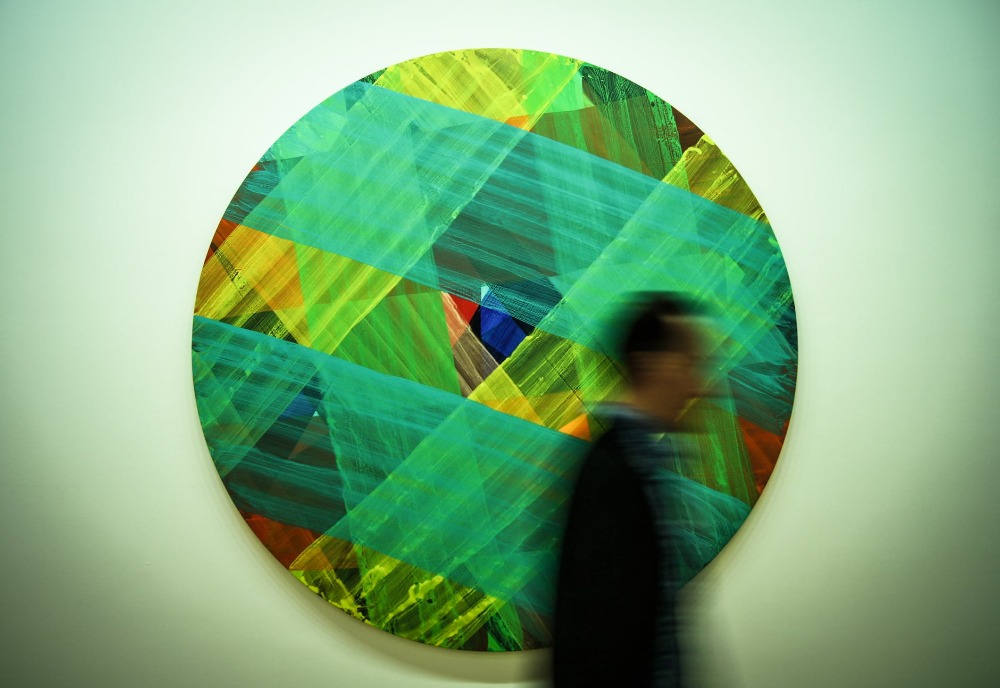 Intelligence (A.I.) generated artwork, created by Obvious, a collective of computer scientists and artists.
Intelligence (A.I.) generated artwork, created by Obvious, a collective of computer scientists and artists.
The A.I used by Obvious to generate the portrait is called “generative adversarial networks” (GANs). In simple terms, GANs is an artificial intelligence system composed by two neural networks confronted to each other. The “generator” is responsible for creating an image that resembles the images from a bank that the networks are fed with. The “discriminator”, or the “critic”, is responsible for telling the difference between a real image and a computer generated image. Progressively, the generator learns to create increasingly complex images that eventually trick the discriminator.
In 2016, an Amsterdam based advertising agency, the J Walter Thompson Agency, revealed a 3D printed artwork that curiously resembled the style of the Old Master Rembrandt van Rijn. The team behind the Next Rembrandt conducted an 18 month analysis of the Master’s work in order to produce their new piece. 346 portraits by the Old Master were analyzed through high 3D resolution scans. The analysis first concluded that Rembrandt’s most representative subject was a thirty to forty year old caucasian male wearing facial hair, black clothes, a white shirt, a hat and facing the right side of the canvas. The researchers then proceeded to create height maps of each painting in order to analyze the master’s brushstroke. The final portrait was astounding, arguably hardly recognizable from an authentic true Rembrandt to the untrained eye.
Blockchain and Art Provenance
The contemporary art world took note of the recent hype caused by the development of blockchain technology. At first, the art world hinted at the assumption that Bitcoin and blockchain technologies may somehow help digital artists with enforcing their creators’ rights in ways that legal and economic policy have been unable to. An assumption 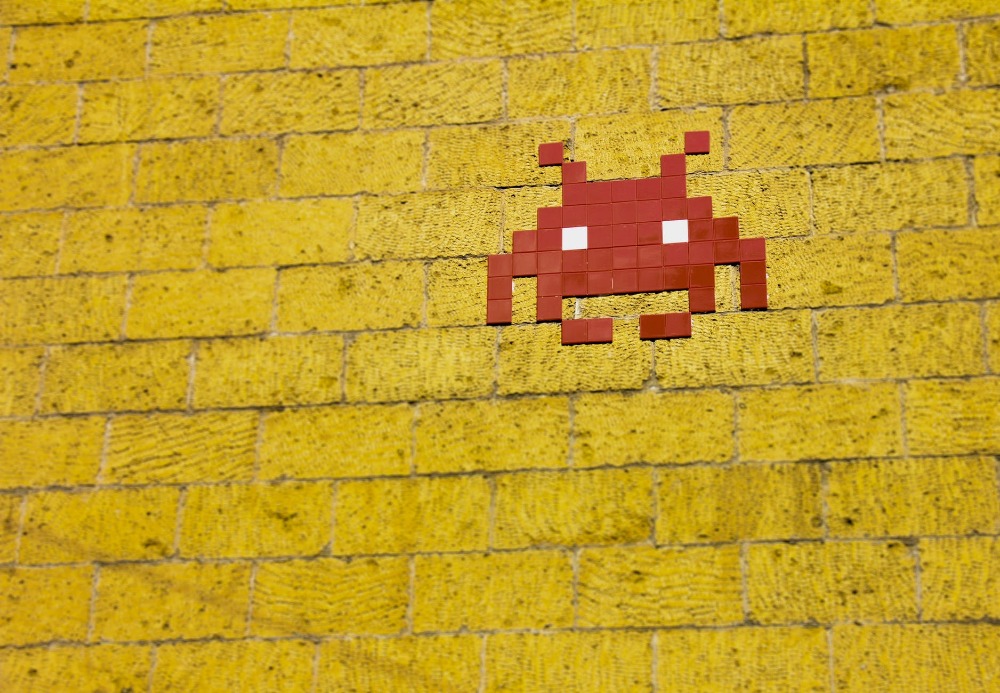 underlying this perspective is that artists rely on the ability to control the existence and circulation of their creative expressions as scarce, valuable art objects.
underlying this perspective is that artists rely on the ability to control the existence and circulation of their creative expressions as scarce, valuable art objects.
Adding digital artworks to the blockchain means to record their existence along with details regarding their provenance, value, exhibition history, etc., in a public, real-time synchronised database that is extremely difficult to forge. Platforms such as Monegraph hope that in this way, digital artworks that were once considered uncollectible due to the inherent immateriality of the digital substrate within which they are bound. Monegraph’s proposition is to remedy this problem by using blockchain entries as unique, publicly distributed identifiers to stabilise the identity of digital artworks. This inscription of blockchain technology with economically motivated principles of intellectual property represents the emergence of a hybridised conceptual-computational financial technology.
Others, such as Codex protocol, are working with more traditional actors within the art world in order to use the blockchain as a means to record and secure artwork provenance. By building a protocol on top of of the ethereum blockchain, Codex works with institutions in order to issue digital certificates of authentication of artworks. The project has received positive feedback from the industry so far and aspires to be the go to place for art world stakeholders to secure provenance. For instance, Heffel, Canada’s largest auction house currently uses Codex Protocole in order to improve their provenance system as well as accept payments in crypto currencies.
 Feral Horses is an online platform that connects Art lovers and investors with Artists and Galleries. What we do is fairly easy: on our platform, artists and galleries can sell artworks in form of shares to multiple investors for a fixed price. If the sale goes through, we take the artworks under management and loan them to museums, foundations and public institutions. By loaning the artworks out, we make sure that the public can appreciate them. On top of that, artworks might increase in value due to the visibility they get and due to the institutions in which are exhibited.
Feral Horses is an online platform that connects Art lovers and investors with Artists and Galleries. What we do is fairly easy: on our platform, artists and galleries can sell artworks in form of shares to multiple investors for a fixed price. If the sale goes through, we take the artworks under management and loan them to museums, foundations and public institutions. By loaning the artworks out, we make sure that the public can appreciate them. On top of that, artworks might increase in value due to the visibility they get and due to the institutions in which are exhibited.
On our online platform, we also have a live trading platform, where shareholders can trade the shares they own with other investors.
Subscribe to our newsletter
If you would like to receive our startup themed newsletter, full of the latest startup opportunities, events, news, stories, tips and advice, then sign up here. How Manufacturing Businesses Can Reduce Energy Costs
How Manufacturing Businesses Can Reduce Energy CostsGot a business in the manufacturing sector? These tips on how you can reduce energy costs while being more sustainable are well worth a read...
 SureIn Secures €4M to Close the SMB Insurance Gap
SureIn Secures €4M to Close the SMB Insurance GapInnovative InsurTech startup SureIn announces a €4M Seed round to further its mission of making insurance easy, transparent and hassle-free for SMBs.
 How IoT Is Revolutionising Consumers' Daily Lives
How IoT Is Revolutionising Consumers' Daily Lives Nassia Skoulikariti, Director of IoT Programmes, Mobile Ecosystem Forum shares some insights on how IoT is having a significant impact on all our lives.
 How to invest in tech companies with the help of AI
How to invest in tech companies with the help of AIRoger James Hamilton, Founder and CEO of Genius Group, a world-leading entrepreneur Edtech and education group, discusses how introducing a globalized curriculum will help better prepare students.
 SuperFi raises $1M pre-seed funding round
SuperFi raises $1M pre-seed funding roundSuperFi, the debt prevention platform, has announced a $1m pre-seed funding round to support people during the cost of living crisis.
 Startups rely on AI & sustainability for new partnerships
Startups rely on AI & sustainability for new partnerships41 startups from 13 countries, including the UK, have been selected for the 8th Kickstart Innovation program, one of Europe’s leading innovation platforms.
 Another Round closes £300k Seed round to revolutionise personal training
Another Round closes £300k Seed round to revolutionise personal trainingPersonal training platform Another Round has secured £300k in its latest fundraise, including investment from angels and its community.
 Thingtrax Secures £4.3M
Thingtrax Secures £4.3MThingtrax Secures £4.3M to Empower Manufacturers to Build the Factories of the Future
 A measure of inflation relief for small firms
A measure of inflation relief for small firmsA measure of inflation relief for small firms sees transport costs fall but service price increases remain elevated
 A look at HR tech startup HR DataHub
A look at HR tech startup HR DataHubBedfordshire-based HR tech startup HR DataHub has built a range of tools for HR departments
Published on: 17th December 2018
If you would like to enable commenting via your Startacus account, please enable Disqus functionality in your Account Settings.







- SureIn Secures €4M to Close the SMB Insurance Gap 15th Aug 2023 Innovative InsurTech startup SureIn announces a €4M Seed round to further its mission of making insurance easy, transparent and hassle-free for SMBs.
- SuperFi raises $1M pre-seed funding round 28th Jul 2023 SuperFi, the debt prevention platform, has announced a $1m pre-seed funding round to support people during the cost of living crisis.
- Startups rely on AI & sustainability for new partnerships 27th Jul 2023 41 startups from 13 countries, including the UK, have been selected for the 8th Kickstart Innovation program, one of Europe’s leading innovation platforms.
- Another Round closes £300k Seed round to revolutionise personal training 21st Jul 2023 Personal training platform Another Round has secured £300k in its latest fundraise, including investment from angels and its community.
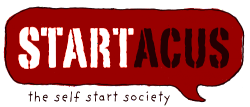





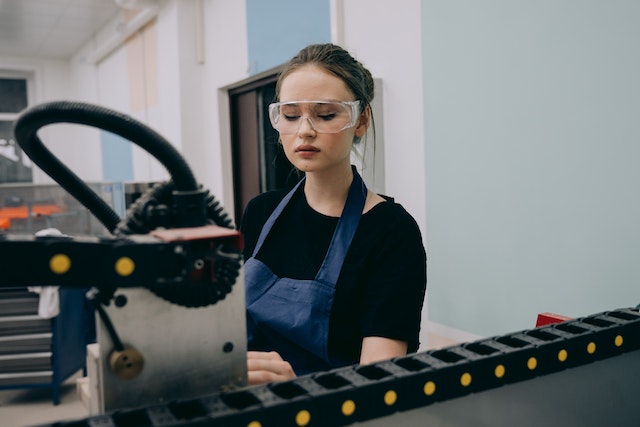
 Daniel Dierkes, David Schara, and Maximilian Geißinger 2.jpeg)
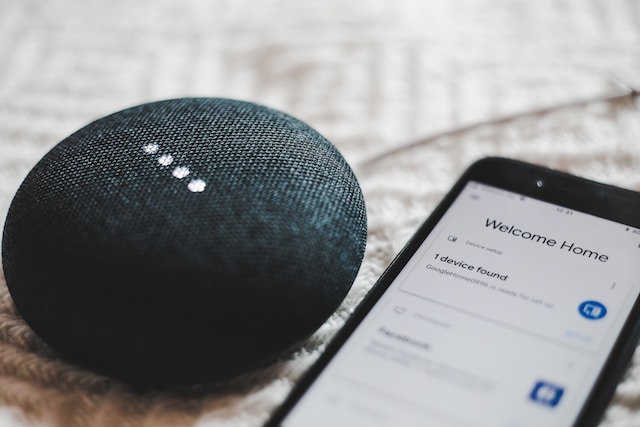
.jpg)
